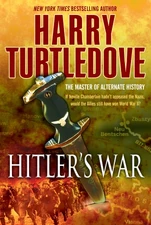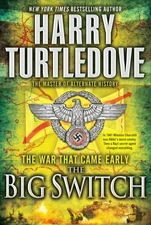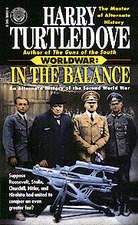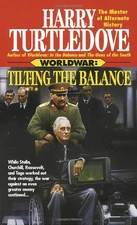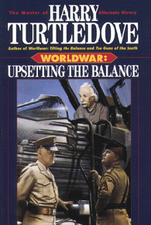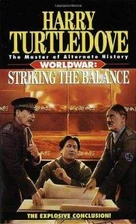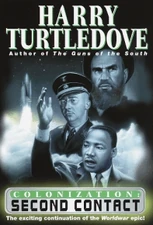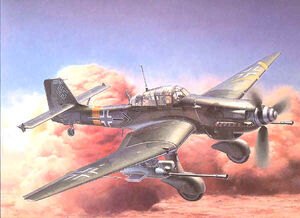
The Junkers Ju-87 Stuka was a two-seat (pilot and rear gunner) German ground-attack aircraft of the Luftwaffe during World War II. The aircraft was easily recognizable by its inverted gull wings, fixed spatted undercarriage and its infamous Jericho-Trompete ("Jericho Trumpet") wailing siren, becoming the propaganda symbol of German air power and the Blitzkrieg victories of 1939-1942.
It saw action in Poland, to the invasion of the Low Countries, to the Battle of France, the Battle of Britain, North Africa and on the Eastern Front.
Stuka in The War That Came Early[]
Stukas were used as flying artillery throughout World War II, seeing service everywhere the Germans fought. Although it was the most feared ground attack aircraft the Luftwaffe possessed, it was horribly vulnerable to all types of fighter aircraft, including those that were obsolescent or obsolete.
Hans-Ulrich Rudel was one of the more successful Stuka pilots, participating in missions on both the Western and Eastern Fronts. After the war in France bogged down in 1939, Rudel had his Stuka mounted with 37mm wing cannons to make it a more effective tankbuster. His idea proved to be a tremendous success, making the Stuka even more dangerous against ground targets.
Stuka in Worldwar[]
During World War II, the Stuka was the most feared aircraft the Germans had, striking terror in all those who heard its screaming sirens. Even though it was outclassed and obsolete by mid-1942, the Stuka was still used with some limited success. One Stuka fortuitously saved Heinrich Jäger from an attacking Landcruiser in the Soviet Union shortly after the Race began their invasion of Earth.
| ||||||||||||||||||||||
| |||||||||||||||||||||||||
